A “donut” spare, or a space-saving spare, is standard on most modern automobiles. If you have a space-saving spare, you’ll be able to tell right away because they are so much smaller than regular tires.
The usage of these space-saving spares is limited to a specific period. “How long can I drive on a spare tire?” and “How fast can I drive on a spare tire?” are good questions to ask yourself.
Do not drive over 70 miles on a doughnut if at all possible. Wheel bearings, brakes, and gearbox gear will wear out more quickly because of their small size.
Because of the spare’s flimsy construction, it’s much more likely to blow out or harm the wheel.
Do not drive above 50 mph on your spare car tire – it is only supposed to get you to a repair shop and not cause extra harm.
Table of Contents
Can you drive for a long time on a spare tire?
The purpose of spare tires is to transport you to the next repair shop, not to be used long-term.
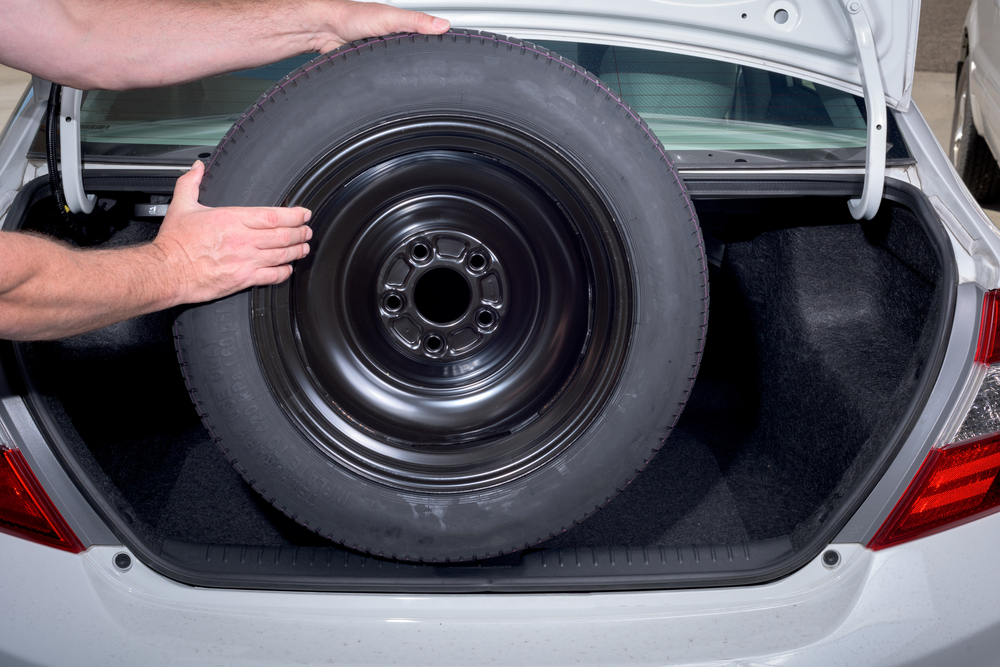
Typically, spare tires should not be driven more than 50–70 miles, and they should not be driven at speeds exceeding 50 miles per hour.
That’s because a spare tire is so much smaller than a vehicle’s conventional tires. As a result, a spare tire is subjected to greater loads than the other tires on your vehicle.
How long can you drive on different types of spare tires?
Several different types of spare tires are found in today’s vehicles. Automobiles with a full-size matching spare tire are more common.
They offer the benefit of a spare tire that can be used as a replacement tire in the event of a blowout.
However, the additional weight and storage space required to keep this tire are a drawback.
A word of caution: these are not the vehicle’s original tires, but rather, aftermarket replacements.
For instance, if you have customized the vehicle and installed wheels and tires that don’t match the original factory specs (for example, if you have swapped out all-season tires for regular ones, or vice versa), the spare tire could be a problem if utilized long-term.
The spare tire can be installed on the damaged wheel and used as normal. For best performance, safety, and efficiency, a full-size matching spare tire should be used if the tires on your vehicle are not the same as those that came from the factory.
Full-Size Spare Tires That Match
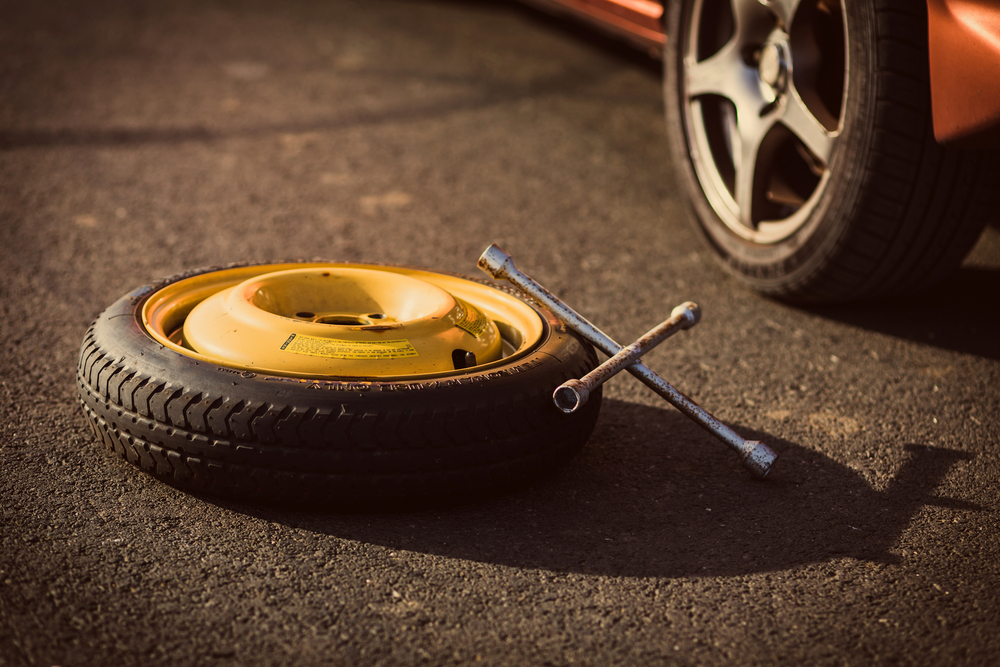
Even if it is full size, a spare tire that is not a match for the other three tires will look out of place.
To avoid wasting time, the car should be taken to a repair shop instead of being used in the place of the original tire. This is because improperly matched tires can cause complications such as uneven tread wear.
If you use a tire that doesn’t match, your suspension may be put under stress and your car may be out of alignment as well. When it comes to safety, it can also cause wear and tear on the brakes.
Full-size Spare Tires That Don’t Match
You must replace a full-size spare tire that doesn’t match as soon as possible with a matching tire to prevent damage to your vehicle and reduce overall safety when driving it.
You must drive your temporary spare tire that exactly is full size as a regular spare: Such as slowly and gently to a nearby repair facility.
Temporary Full-Size Tire
Tires with temporary designations have less tread than tires with permanent designations.
In addition to shortening the tire’s lifespan, this can also cause issues on the road. Tires with less tread may not perform as well on bumpy pavement as a tire with greater tread.
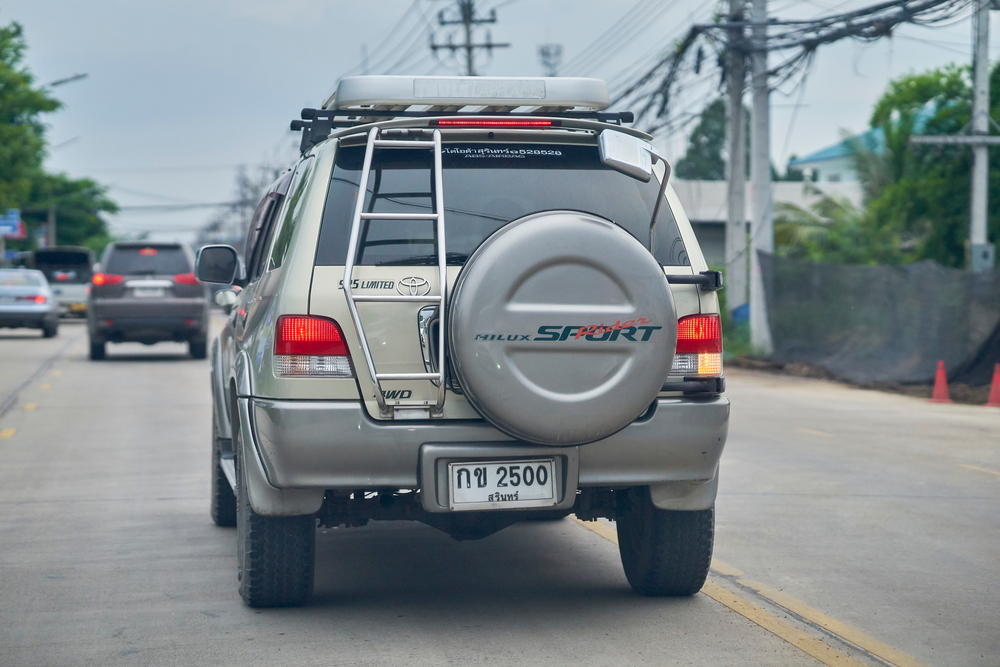
These changes can make it more difficult to steer the car. When using a temporary spare, you should drive slowly and keep the distance traveled to a minimum.
Temporary Spare Tires That Are Compact
When people think of a spare tire, they usually picture something bulky. The temporary spare tire is the exact opposite.
It is recommended that these tires be driven no more than 50 to 70 miles. In an ideal world, you wouldn’t even have to drive that far.
The temporary compact spare tire has a lower circumference and breadth. Its tread depth is lower than that of the vehicle’s regular tires.
A vehicle’s trunk may carry fewer and lighter temporary spare tires because of the smaller size and weight of these tires.
However, they are only meant to be used for short distances to quickly replace a flat tire.
Folding Spare Tires
The folding temporary spare tire, like the majority of spare tires, should only be driven to the closest repair shop for a replacement.
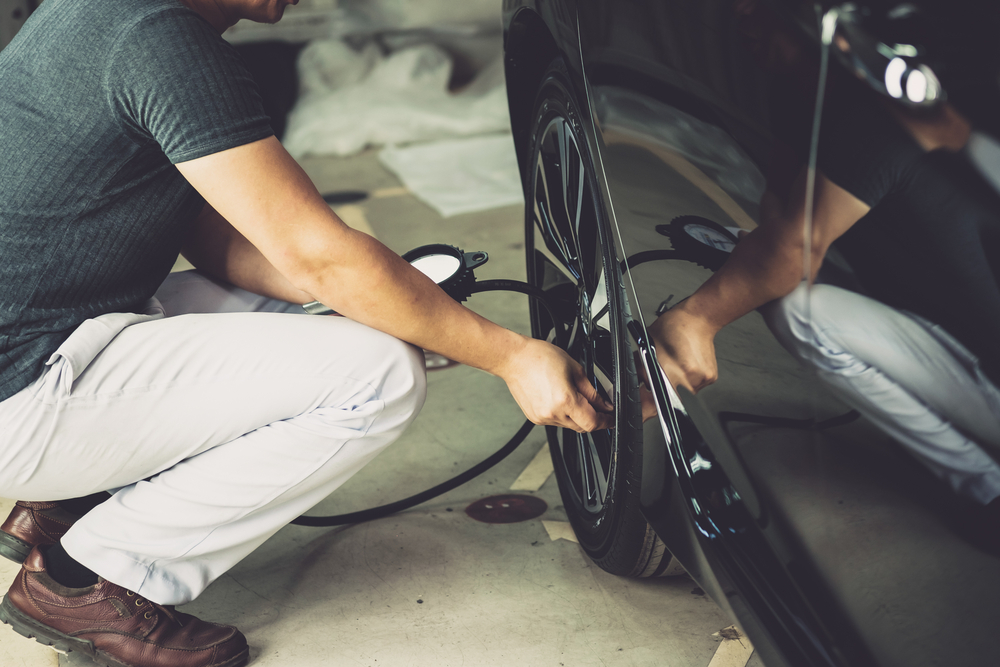
A good guideline to follow regarding distance is 50-70 miles.
A non-inflatable folding temporary spare tire is just that: a temporary spare tire. You must inflate the tire yourself before you can put it on.
As a result, you’ll need a way to pump air into the tire before you put it to use.
This style of tire is also going to be more compact, which will save on storage space in the vehicle. In addition, you must inflate it.
How safe is it to drive on a spare tire?
Short distances at a decreased pace can be safely driven with a spare tire. When a spare tire doesn’t match up with the other three on your vehicle, it isn’t safe to keep driving normally.
You should not drive with a spare tire in place of a regular, full-sized tire. This is due to the greater risk of a blowout and the resulting restriction on the maximum speed that may be safely achieved.
Also, excessive use of a spare tire can cause damage to the vehicle’s suspension and drivetrain.
Full-Size Spare Tire Safety
Full-sized tires (except perhaps full-sized identical spares, which serve as your vehicle’s fifth tire) have a lower tread depth.
In addition to the dangers of smaller spares, they are also more difficult to use.
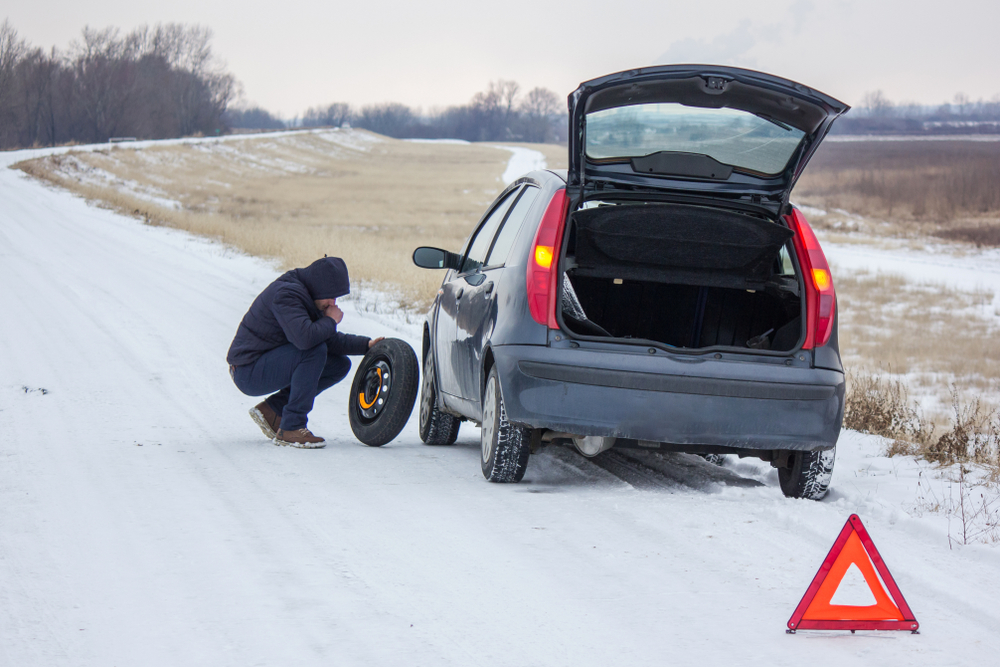
Spare tires pose a risk to drivers who disregard speed limits and driving distances.
The owner’s manual for your car should include information about the spare. Additionally, the spare tire itself contains useful information.
Do not go over the speed limit on your spare tire if it says not to travel faster than 50 mph on the warning label.
There is a warning in place since the spare tire is under more stress than the other tires and is more prone to blowing out.
Do spare tires impact vehicle control?
Because driving with a spare tire makes it harder to control the vehicle, driving more slowly can assist with alleviating this issue as well.
A reduced tread depth poses a risk to both the tire’s lifespan and its overall performance.
A vehicle’s ability to easily traverse surfaces, swat away rain, and the like depends on the tread depth and pattern.
Spare tires aren’t capable of doing this, and they’ll wear out far faster than the original tires. Take the smoothest route possible to the nearest repair facility.
Are spare tires reusable?
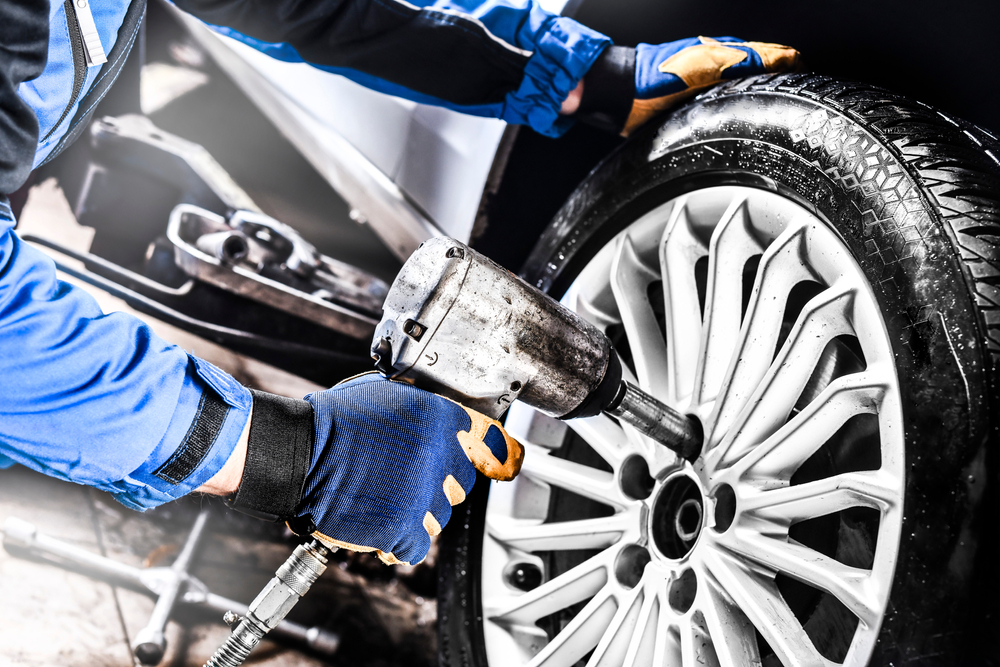
For short distances and not in an improper way, the answer is yes. There is no need to throw the spare away after driving it 5 miles to buy a new one.
To avoid driving 50 miles before receiving a new spare, it’s best not to re-use the old one.
Before reusing the spare tire, make careful to have it inspected. Do not re-use a worn-out tread. Keep it inflated before using it again, too.
Leaving a spare tire all night on your vehicle
There is no need to remove a spare tire from a car before going to sleep. Even if the car is left idle for an extended amount of time, neither the suspension nor the tire will be damaged.
It’s completely OK to leave your car in a parking lot overnight if you can’t make it to a repair shop but have already replaced the spare tire.
However, remember to account for the surrounding circumstances. If the car is parked on the side of the road, ensure it is not blocking traffic.
Set out any safety cones you may have to let other drivers know where your vehicle is currently parked.
The maximum speed to travel on a spare tire
If you’re driving with a spare tire, stick to speeds no faster than 50 mph. If the tire’s sidewall states that it should not be driven above 50 miles per hour, this does not mean it is safe to do so.
This does not imply that driving at 50 mph is a smart idea.
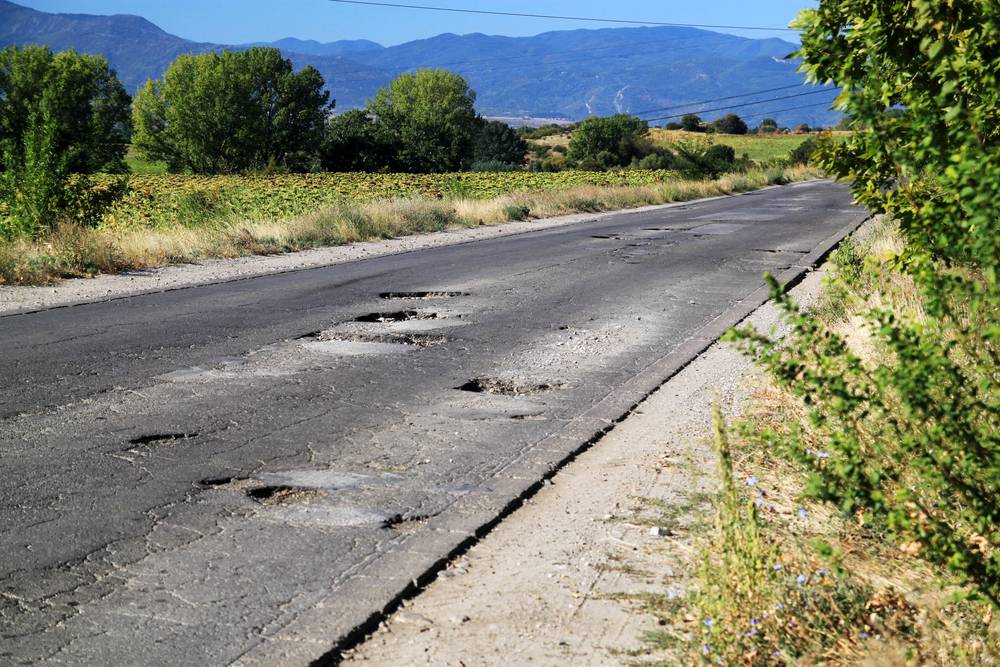
For instance, if you’re driving on a route with many potholes, it’s best to drive slower than you would without a spare tire (if you would normally go 40, for example, consider going down to 30, 25, or even slower).
Transporting your car to be fixed while it has a spare tire is the primary function of the spare tire.
Spare-tire driving is not a nice experience because of the poor impact on vehicle control that the spare tire has on the vehicle.
Instead, take your time, keep the automobile on the straight and narrow, and arrive at your destination safely.
The best place on the vehicle for a spare tire
A spare tire on the back of a vehicle is preferable to one on the front. Spare tires are more vulnerable if they’re situated in front of a vehicle’s engine, which typically weighs more than in the back (save for unusual rear-engine vehicles; most engines are in front).
Braking efficacy is also reduced because the majority of the braking effort is concentrated in the front.
What to do when your front tire goes flat
If your front tire goes flat, the best thing to do is swap out your rear wheels for the front ones and use the spare tire in the back.
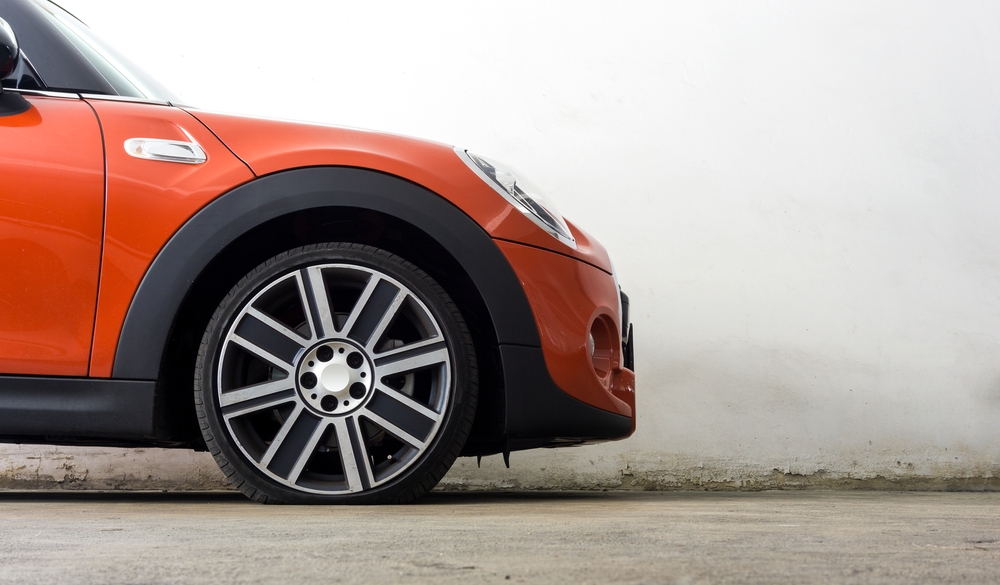
This is an easy fix for many automobiles because they all have the same tires all around. It’s the same as changing the oil.
Maintain extreme caution and limit your driving time if you cannot install a spare tire in the rear and must use it in the front.
Using the front-wheel-drive spare should be acceptable if you’re only a mile from the shop. It becomes considerably more dangerous, though, if you have to travel further.
There is a good chance that your handling will suffer because the spare tire is in the front instead of the back.

















